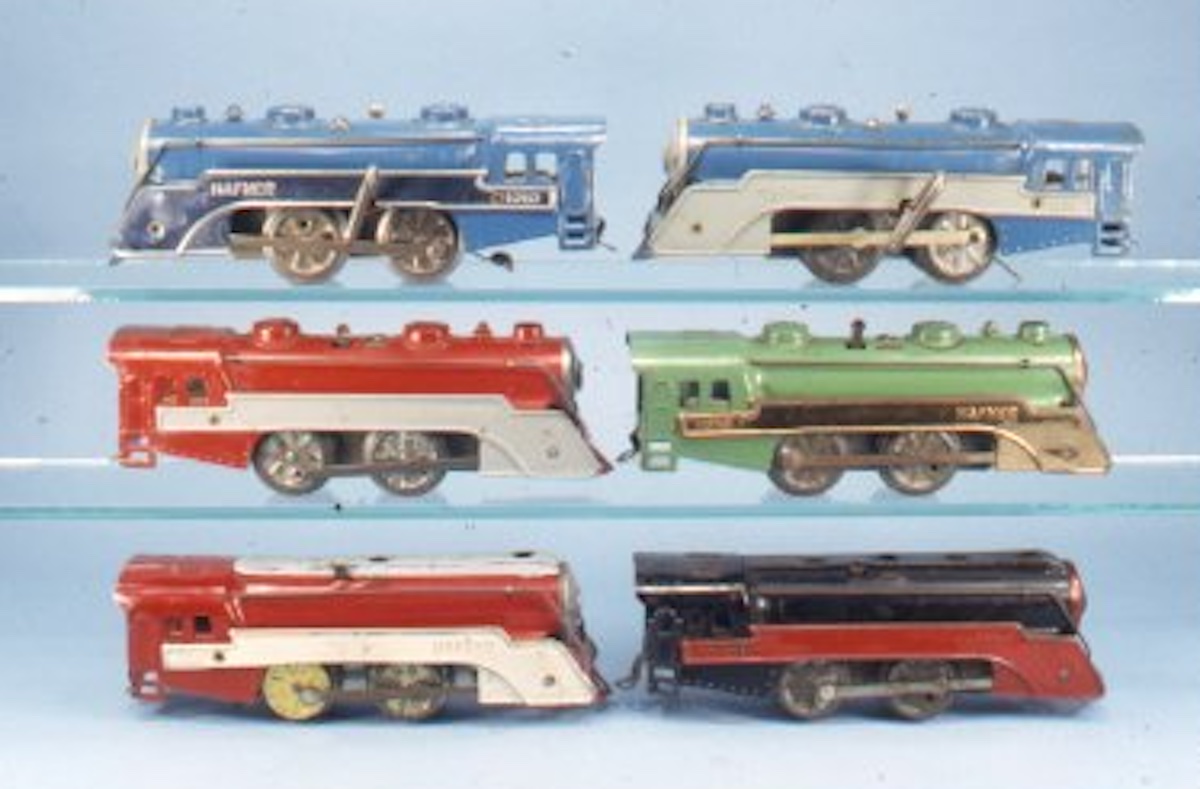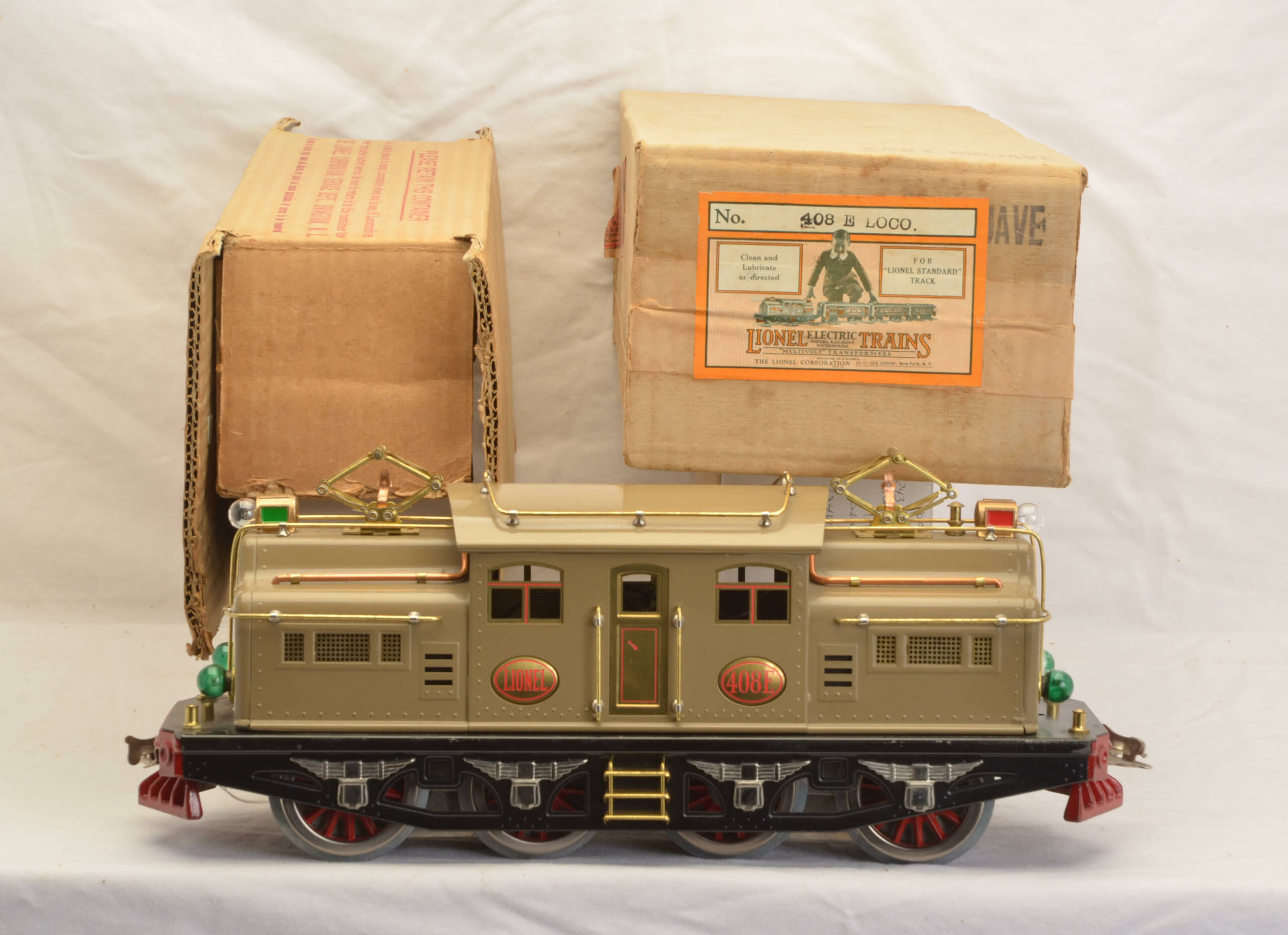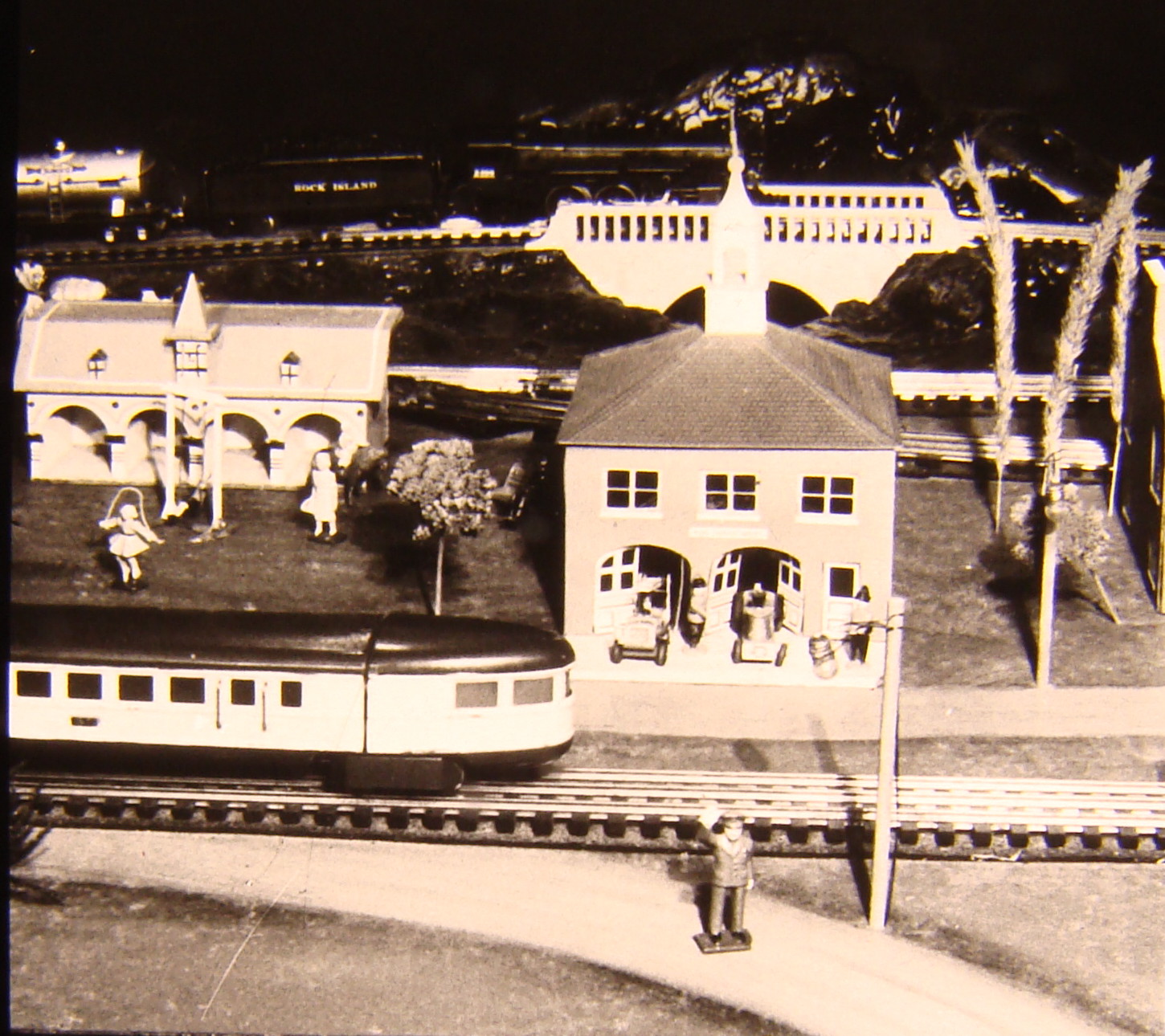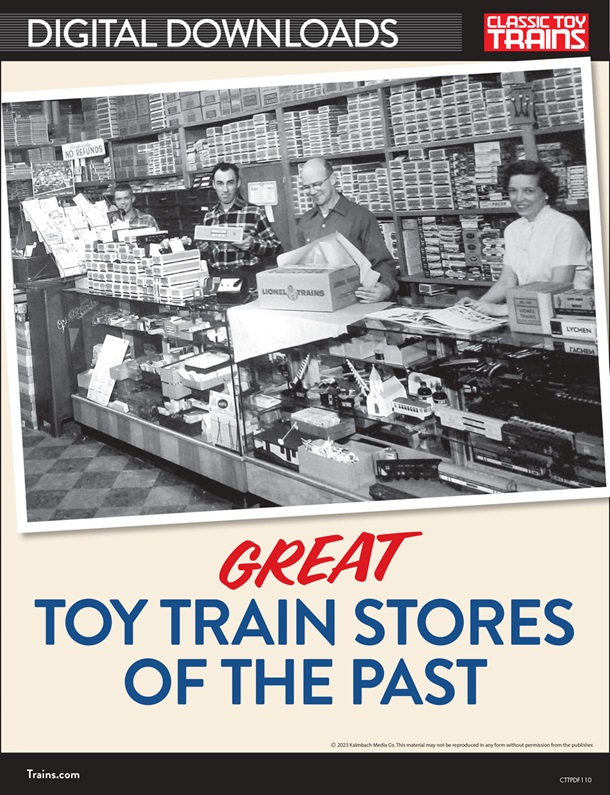I found this manuscript from the late John Grams in our manuscript files. There was no date on the envelope but it’s likely from the early 1990s. The article discusses 12 Lionel products that, while great inventions, were fraught with problems or didn’t work exactly as advertised. He included the following disclaimer:
Lionel trains were sold as toys. They were fun, fairly reliable and expensive playthings, manufactured with no thought beyond that purpose.They were not supposed to be precision scale models. That was an entirely different thing. While they were durably constructed, the trains were not intended to outlast the interest span of their young owners. No one considered them to be objects of popular art or future collectibles.
The toy business has always been a fickle one, trendy and highly competitive. J. L. Cowen not only had fine quality imports to worry about as he built his business, the domestic competition from Ives, American Flyer, and Marx must have contributed significantly to his stress. While Lionel was eventually able to absorb Ives and Flyer, Marx was still there gobbling up the low price, high volume end of the market.
The trains were not designed and produced by Santa’s helpers at the North Pole, but by flesh and blood human beings on an assembly line in New Jersey. Mistakes happened. Flaws and defects were sometimes overlooked.
I will be sharing these items over the next few weeks. I hope you enjoy them. –Rene Schweitzer, Editor of Classic Toy Trains
The electro-magnetic box coupler was an evolutionary marvel.· It was compatible with previous manual box couplers and latch couplers as well. Uncoupling was accomplished when the cars were over a special five-rail remote control section of track. The push of a button completed an electrical circuit, energizing a small electro-magnet riveted to the truck frame. This pulled down an iron bar attached to the coupler box, thereby lifting it. Ingenious!
The uncoupler worked great.
But, the squeals of delight from young operators on Christmas morning 1938 soon turned to vocal emanations of another kind when they tried to run their new trains through their new O-22 switches. Oops! There was an unscheduled parting of the cars. The bare spring-loaded contact sµoes attached to the coupler mechanisms momentarily hit the widened hot third rail going through the points.
Lionel corrected this problem in later models by enclosing the coupler contacts in Bakelite housings. While the housings eliminated the unwanted uncoupling, they made an annoying bumping and clattering sound going over the switchwork. Sometimes, if they weren’t aligned just right, they would snag, causing a derailment.
The problem persisted through the early postwar period, since the same Bakelite contact housings were used with the coil-operated knuckle couplers. In 1948, the couplers were redesigned, eliminating the use of contact shoes completely.















